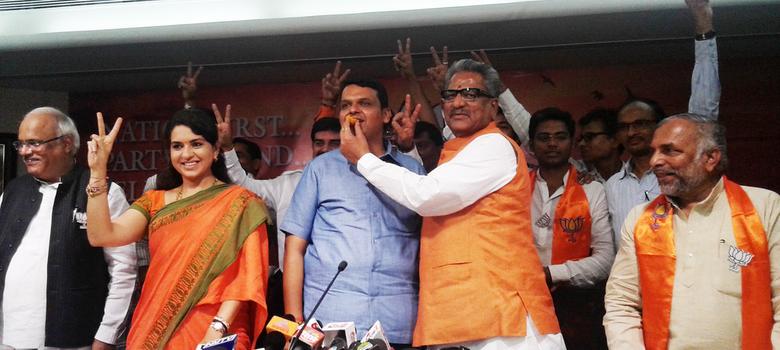
We can also look as the state of representation of women and minorities to see whether these elections mark a departure or a continuation from previous trends.
1. Candidates’ information and deposits
Elections in India have attracted larger numbers of candidates over the years. A large part of this rise is due to the increase in the number of independent candidates and of micro-parties. Despite the rise, however, the number of effective candidates and of parties represented in the assembly has been stable over time.
Another way to measure the effectiveness of candidates is to look at the number of candidates who forfeit their deposits ‒ meaning those who have gained less than one-sixth of the total votes polled in their constituency.

These elections confirmed the trend of the increase in the total number of candidates, a trend that was also visible in the late 1980s and the 1990s. It reiterated that the higher the number of candidates, the higher the ratio of candidates losing their deposit: around 90% in the 2014 elections.
Leave a Reply